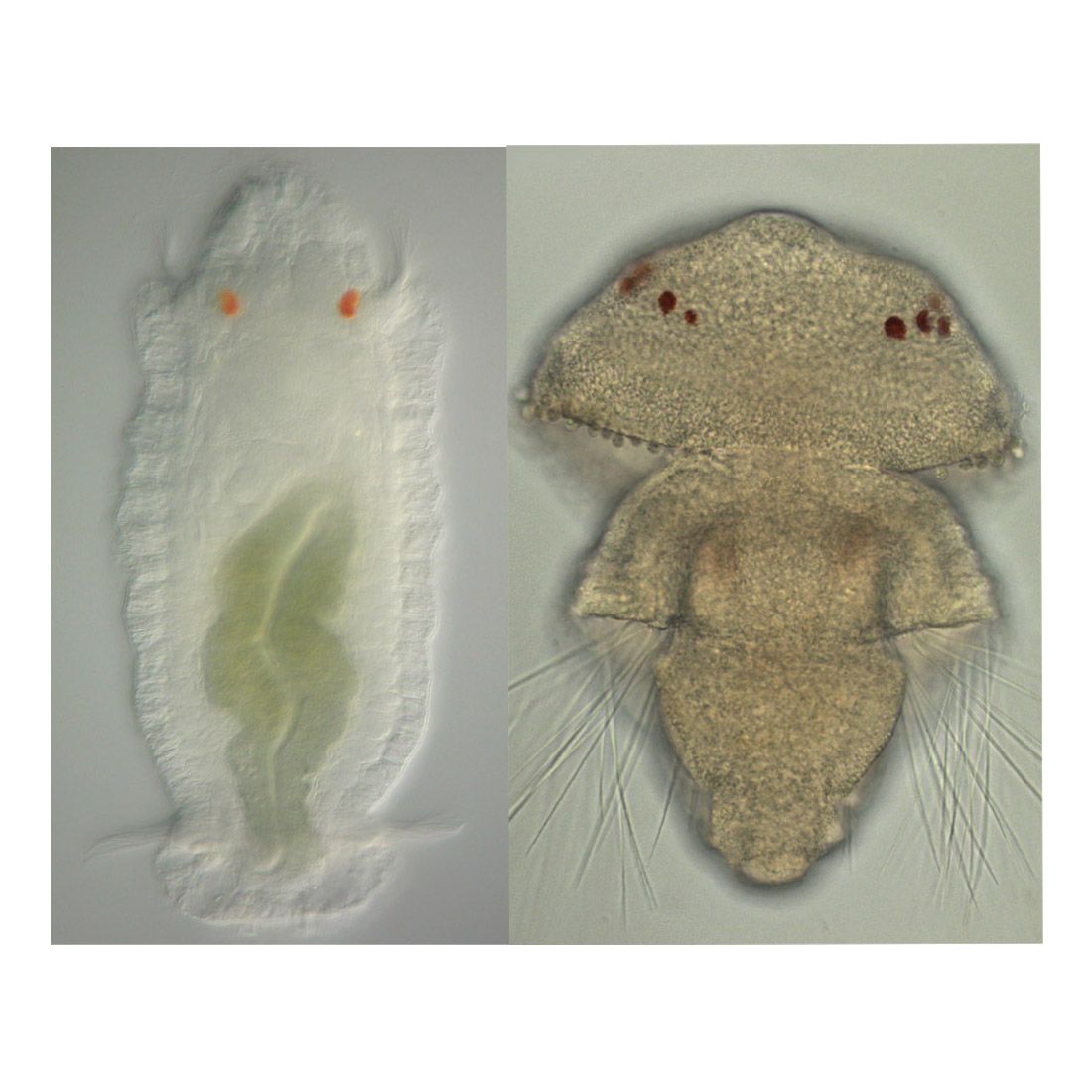 The Whitney Laboratory for Marine Bioscience
The Whitney Laboratory for Marine Bioscience

Congratulations to Whitney scientists Dr. Elaine Seaver and Dr. Mark Q. Martindale for their collaborative research recently published in Nature Communications. The paper is entitled ‘Genes with spiralian-specific protein motifs are expressed in spiralian ciliary bands’.
The extraordinary diversity of plants and animals often includes features that are unique to one group of animals, such as feathers in birds and stinging cells in jellyfish. How do these differences arise? One possible explanation for the appearance of these unique differences in morphological structures between animal groups are differences in their genetic repertoire. In this study, the authors, led by Dr. Dave Lambert at the University of Rochester, used comparative genomics from a broad diversity of animals to identify and characterize a small group of genes unique to one group of animals in the animal tree of life. This group is comprised of very specious and diverse invertebrate animals, many of which live in the ocean, are called the “lophotrochozoans” or more accurately, the “spiralians”, and share a feature used for feeding and swimming called a ciliary band. The team examined expression of two of the unique and novel genes in six different animal phyla, specifically in mollusks, annelids, nemerteans, rotifers, phoronids, and brachiopods. To do this, the team included members from five difference laboratories, each of whom has expertise with a different group of animals. Previous postdoctoral scholars Dr. Marleen Klann (Seaver Lab) and Dr. Yale Passamaneck (Martindale Lab) examined expression of these lineage-specific genes in the annelid Capitella teleta and in the brachiopod Terebratalia transversa. The team’s results found that in most cases, both genes were localized to the ciliary bands. This study provides support for the idea that the ancestor of the entire spiralian clade possessed these ciliary bands (the cilia are homologous), and highlights the potential importance of lineage-specific genes as a rich source of genetic material for evolutionary innovation of novel features.
Legend: Larvae of the annelid Capitella (left) and the brachiopod Terebratalia (right). Both larvae have ciliary bands used for feeding and locomotion through the water. The eye spots are visible by their rust colored pigment.